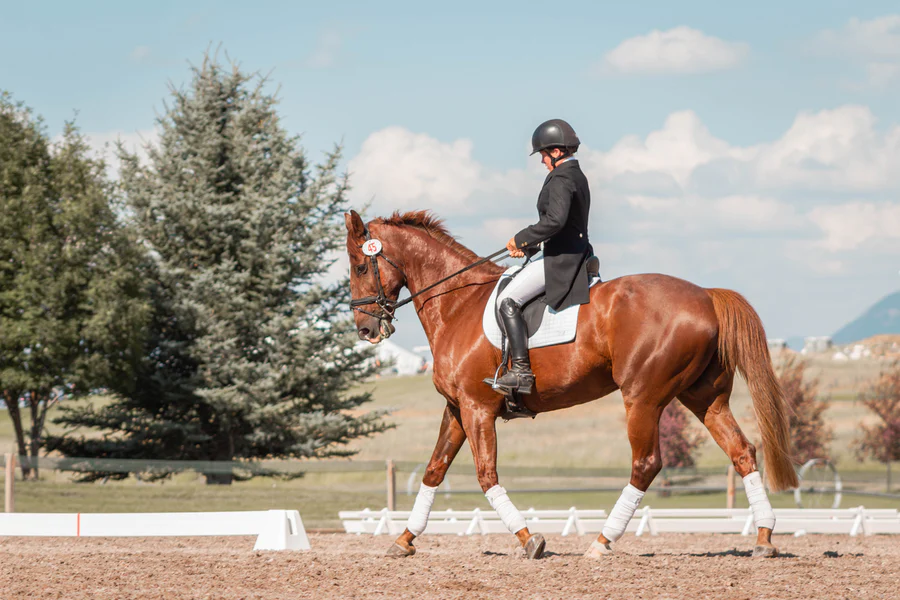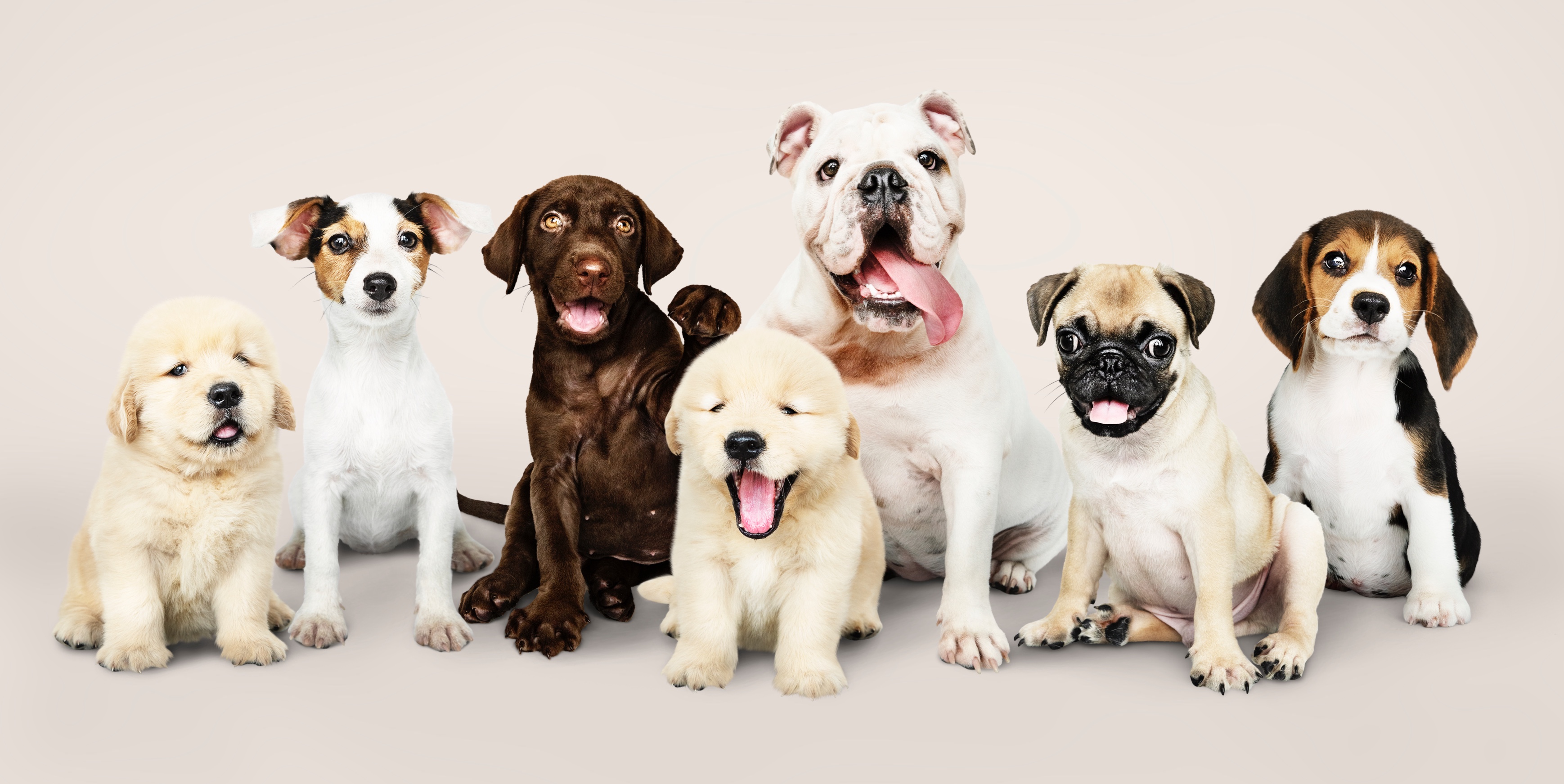6 Canine Breeds You Might Have Never Heard Of
iSperm mCASA is a mobile/mini computer-assisted semen analyzer. With the iSperm, your canine reproduction program can be more successful. Check out https://www.isperm.co/ or Contact us for the details.
6 Canine Breeds You Might Have Never Heard Of
American Kennel Club (AKC) recognizes new dog breeds every year. You might have not heard of some of these new breeds and most of them are still pretty rare around the world. Now let’s explore 6 among the breeds that were not recognized by AKC until 2004.

Pumi is featured with curly and wavy fluffy hair with a unique whimsical expression. It is a small-sized dog which stands around 15 to 18 inches high. It can weigh between 22 to 29 pounds. The color of its coat can be Black, any shade of grey and fawn. This little fluffy creature was not recognized by AKC until 2016. However, it has a long history before the recognition. It was first found in late 17th century in Hungary. It is said to be the offspring of the Puli and German herding dogs. It is a rare breed and is seldom seen outside its origin. In the US, Pumi ranked 156 in the list of the popularity of breeds.
Pumi is a lively and cheerful dog. It can be very affectionate and should be washed with a great level of attention from the keeper. It used to be a herding dog and therefore is energetic and requires a great level of exercise. On top of the above mentioned traits, Pumi is also decisive and intelligent, which makes it easy to train. In terms of the caring of Pumi, it is easy to groom and does not shed a lot of hair all over the places. Regular brushing for every two weeks is recommended and it should always be air-dry but not blow dry to keep its wavy coat.

Finnish Lapphund is a medium-sized breed, and there is only 11 of them in the US which shows its rarity. It is originated in nordic countries and was used for herding reindeers in the past. Finnish Lapphund was taken into AKC’s purebred dog list in 2011. Given to its rarity, it is not surprising that it ranked 165 out of 200 on the AKC list of popular breeds in 2020. Although you can seldom see this breed on the street, Fininish Lapphund is still an attractive breed to learn more about. The typical height of Finnish Lapphund falls between 16 to 21 inches high and weight between 33 to 53 pounds. It has two layers of coats. The outer layer is smooth and tops over a soft and dense undercoat. Its coat can come different colors including black, brown, tan, cream and wolf sable.
Finnish Lapphund makes a perfect family dog as it is affectionate with its family and child-friendly. However, it is always suggested to keep an eye on the interactions between children and all breeds of dog. Meanwhile, it is not too friendly to strangers and tends to be wary of them. Finnish Lapphund is so loyal and sensitive that barks a lot. These trait makes it a good watchdog. Nonetheless, it should never be locked outside the door or a kennel as it has low tolerance level of being left alone. If you would like to train dogs to do some trick, Finnish Lapphund is a good option for you. It is intelligent so it picks up things very quickly. It is also submissive. Based on the aforementioned traits, Finnish Lapphund is an ideal choice for people who have never kept dogs before.
It used to be herding dog and therefore daily moderate exercise is recommended. Although it has good temperament that is friendly for a novice dog keeper. On the other hand, it might need some effort on grooming Finnish Lapphund. Given to its long coat, it sheds a lot of hair, and weekly brushing can clean out the dead hair. However, Finnish Lapphund usually does not have doggy odor and hence occasional bath is enough for this breed.

Redbone Coonhound was fist bred in the US, but it was not recognized by AKC until 2009. Although it is originated from the US, it is not as popular as you might imagine. It ranked 146 out of 200 dog breeds. It stands 21 to 27 inches high and it is as heavy as 45 to 70 pounds. The most iconic traits of this breed is its red short smooth coat, floppy ears and its pleading expression. It is also known for its sweet voice.
Its personality is mellow and kind which makes it extremely friendly with children. However, supervision on the side is still recommended. It is also suitable to be in a family with multiple dogs as it is dog-friendly. Although Redbone Coonhound is such a sweetheart, you might need extra patience to train it. It has short span of attention and hence the keeper needs to make the training time as short as possible. As a coonhound, Redbone Coonhound is no exception for requiring a lot of physical activity such as daily walk and playing fetch. With enough exercise, Redbone Coonhound will be a sweet and kind companion. On the opposite of Finnish Lapphund, Redbone Coonhound does not shed a lot but it needs regular bath as it is more easily to have houndy smell.

This short-legged cheerful creature is Swedish Vallhund, and you can tell its origin from its name. It was a working farm dog in Sweden, recognized by AKC in 2007 and is rare outside Sweden. It is a small-sized dog which is as tall as 11.5 to 13.75 inches and as heavy as 20 to 35 pounds, known for its long back and short legs. Although its physical appearance looks alike to Cardigan and Pembroke Welsh Corgis, their genes do not show great level of resemblance. The color of its double coat can be gray and red.
Swedish Vallhund is loving and affectionate. It has positive reactions and attitudes towards kids. However, due to its herding instinct, it might not be able to help but nip children at their trousers and hence supervision around kids and Swedish Vallhund is required. Also thanks to its herding nature, it is calm and adaptable and hence all kinds of home environments are fit to keep it as long as it gets regular exercise everyday. Swedish Vallhund is easy to groom but it shed a lot of hair as well and its undercoat sheds twice a year. You might need to prepare yourself for a room covered with its hair everywhere.

Black Russian Terrier is a breed relatively new compared to the above mentioned dog breeds. It does not appear anywhere until 1930 in Russia. It is allegedly to be bred with the goal of assisting the work for military and police. This breed is recognized by AKC in 2004 and is the most popular breed within the breeds mentioned in this article. It ranked 126 out of 200 dog breeds in AKC. It is a large-sized dog which stands 26 to 30 inches high and weighs between 80 to 130 pounds. The most classic trait of Black Russian Terrier is its curly and wavy black double coat. It also has long facial furnishings which makes it looks mysterious but also innocent.
Although Black Russian Terrier looks innocent, it is actually a powerful and brave breed. It is sensitive and tends to be aloof to strangers, which makes it a good candidate for watchdogs. However, that does not mean it is fine to be alone. On the contrary, it needs people’s attention. Black Russian Terrier is not recommended for the freshers of dog keeping as it is stubborn and can be dominating. Hence, it needs firm and consistent training and guidelines. Nonetheless, it does not mean severe discipline should be imposed on Black Russian Terrier. It tends to not get along with other dominant dogs but with non-dominant pets such as small-sized dogs or cats. Daily grooming is required and regular trimming its beard and mustache is recommend to keep its best looking.

The last but not the least is Plott. It is originated from the US and is said to be descended from German Hanover hounds. Plott is the official dog of North Carolina, which shows its speciality. Similar to Redbone Coohound, although it is bred in the US, it is not popular within the dog keepers in the US. It ranked 167 on the list of 200 dog breeds in 2020. It is a medium-sized dog which is as tall as 20 to 23 inches and weighs between 40 to 60 pounds. The most eye-catching feature of this breed is its brindle coat which can be various kinds of colors ranging from black to flaming orange.
Plott does not bark a lot and is a relatively a quiet dog. That does not mean that Plott is not vocal for anything. Plott is fearless and protective. It is tough and brave when it is safeguarding its family. Due to its houndy nature, Plott has a great level of prey drive which means it is easy to tracking scents and preys and hence it should never be unleashed outside the unenclosed area. Once it runs aways, it might get into the car paths as it has no sense of road. Early training and socialization is a must for this breed to keep it from being dominant and aggressive behaviors. Given to these traits, Plott is not recommended to novice owners and family with young-aged children. However, Plott is very dog-friendly and can get along with other dogs easily. Therefore, it is better to have resident canines before the arrival of Plott to provide it with a great environment for socialization. As the offspring of hounds, it requires daily vigorous physical actively, and daily walk for at least an hour.
The dog breeds mentioned in this article are still rare around the world. Therefore, the gene pools of these breeds in particular areas or countries can be significantly limited. The restricted gene pools might lead to inbreeding which means mating dogs that have one or more relatives in common in the lines. Inbreeding has been scientifically proved to increase the possibility of passing genetic defects to offsprings. The inherited diseases can be blindness, blood disorders, metabolic problems, to name but a few. Other than physical flaws, inbreeding might lead to dogs with temperament problems. The solution to problems derived from inbreeding suggested by the researchers from Imperial College is to widen the gene pool and mate dogs across national and continental boundaries. Artificial insemination (AI) and frozen semen enable breeders of these rare dog breeds to mate dogs all around the world and breed healthier dogs. You can refer to ‘5 Reasons for Why Canine Artificial Insemination Is Becoming A Mainstream’ for the benefits of AI. The quality of semen might decay during preservation and shipment, and hence semen analysis before performing AI can ensure the pregnancy rate of AI. The introduction of the procedure of AI and semen analysis can be found in ‘Tips You Should Know for Successful Canine Artificial Insemination’.
This article is brought to you by iSperm mCASA, a mobile/mini computer-assisted semen analyzer with high accuracy and affordability for use anytime anywhere by anyone. Check out www.isperm.co or or Contact us to know how helpful iSperm can be for your breeding works.
Reference
- American Kennel Club: Breeds by Year Recognized: https://www.akc.org/press-center/articles-resources/facts-and-stats/breeds-year-recognized/
- AKC: Dog Breed information: https://www.akc.org/dog-breeds/
- DogTime: All Dog Breed Profiles: https://dogtime.com/dog-breeds/profiles
- Imperial College: Population Structure and Inbreeding From Pedigree Analysis of Purebred Dogs: https://www.ncbi.nlm.nih.gov/pmc/articles/PMC2390636/



